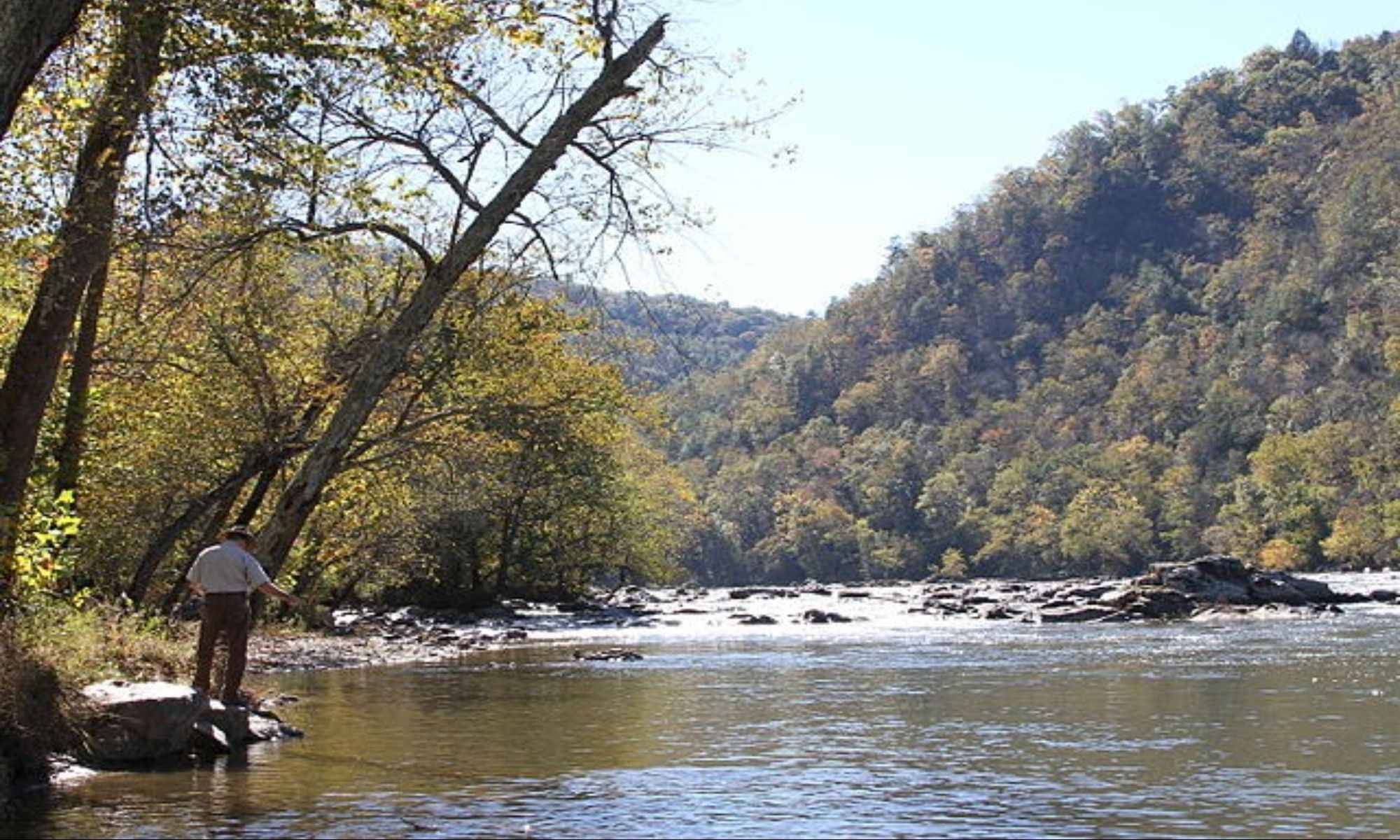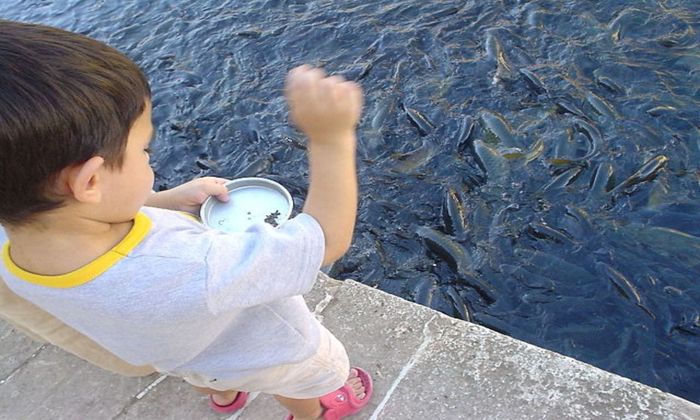How Water Temperature Affects Fish
Learn more about how water temperature affects fish and fishing so you can become a better angler and steward of the environment.

For every angler, mastering fishing techniques is not enough to succeed in the water. It’s also important to familiarize yourself with the fish species you’re catching and how they’re affected by their immediate environment. It includes how your target fish’s behavior changes due to shifts in environmental conditions, which include water temperature.
In this article, you’ll learn how water temperature affects fish and fishing. You’ll also gain helpful tips on harnessing this knowledge to improve your angling skills, increase your chances of landing your target fish, and become a better steward of the environment.
Effects of Water Temperature on Fish’s Biological Processes
Unlike humans, most fish cannot regulate their body temperatures at any given condition. As cold-blooded species, their bodies take on the temperature of their immediate environment. It means they have to adjust their bodily processes to survive.

1. Reproducing or Spawning
Fish can only reproduce under exact conditions. If their environment cannot meet these requirements, they must move until their needs are satisfied. For example, cold water fish like salmon and trou prefer cooler water or water at low temperatures. Warm water fish species like bluegill, crappie, or largemouth bass need higher water temperatures. Water bodies greatly affected by drastic and inconsistent temperature changes often see fewer fish as the fish will move away to reproduce. If they cannot move, they won’t procreate under the conditions of the water they’re in.
2. Feeding

Fish are more likely to eat and digest under optimal water temperature conditions. And when they feed, they get more active and metabolize more quickly. Hence, they’re bound to eat more often. Like water temperature requirements conducive to reproduction, optimal water conditions for feeding vary per fish species.
3. Breathing
For fish to breathe, water has to pass over their gills and flow into their mouths before getting expelled out via their gills once again. The water carries the oxygen that gets dissolved to infiltrate the blood cells. As the waters get warm, the oxygen level in the water also lessens. Some fish, like carp, are not that sensitive to warm water, but even they can get affected when the water gets to critical levels of warmth. Aside from drastically decreasing the amount of oxygen for fish to ingest, the critical warm water temperature can increase the likelihood of fungus growth and other toxic substances. So if the fish don’t die due to lack of oxygen, they might die because of the toxicity bred in the water.
Effects of Water Temperature on Fishing
1. Cold Water = Less Fish Activity
The colder the water temperature is, the slower most fish get. That’s because their metabolic rate is at an all-time low in cold temperatures. They move less, digest less, and feed less — the opposite of their feeding behavior under optimal temperatures. It means you might not get frequent bites in cold weather. You have to schedule your fishing during your target’s feeding time.
2. Extreme Temperature Shifts = Not Conducive For Fishing
Fish hate drastic temperature changes, so if you’re experiencing unpredictable weather, you’re in for unforeseen and unproductive fishing. Observe the weather and the water temperature for a few days, wait for conditions to settle down, and when the waters reach a consistent temperature for a few days, you can go out to fish.
3. In Warm Weather, Look for Vegetation, Movement, and Shade
As we’ve established, fish actively feed in their specific optimal water temperature as this condition increases their metabolic rate. For most fish, this means warmer water. However, oxygen tends to decrease as temperatures rise, right? It means if they go beyond the optimal warmth, breathing gets harder. So for fish to thrive in warm water, they move to the warmer parts of a water body where there’s shade and vegetation. The shade allows the temperatures to regulate into just the right warmth, while the foliage is a great oxygen source. A flowing river with riffles will also have more oxygen, so movement is a good thing to look out for. If you’re looking for your target in warm water, look for these signposts, and you’ll surely find them there.

Caring for Fish in Different Water Temperature Levels
1. Think twice about targeting trophy fish in warm water conditions, especially when they tend to fight. Fighting fish use up a lot of oxygen, and there’s not much to go around in warm water conditions.
2. As much as possible, keep your fish in the water if you plan to catch and release them. This is especially crucial for fish sensitive to water temperatures, like salmon, trout, and grayling. For proper catch-and-release, return your fish into the water safely and support them as they make their way back. If you’re fishing in a river, face them upstream to let the water pass over their gills to help them recover healthily.
3. Check your target fish species’ sensitivity. When the water temperature rises over 19 degrees, rethink targeting salmon and trout. Anything over 23 degrees is dangerous for any fish. While you don’t need to know the exact numbers, keeping a thermometer might be useful.
4. Keep your hands wet when handling fish to help them retain optimal body temperature.




